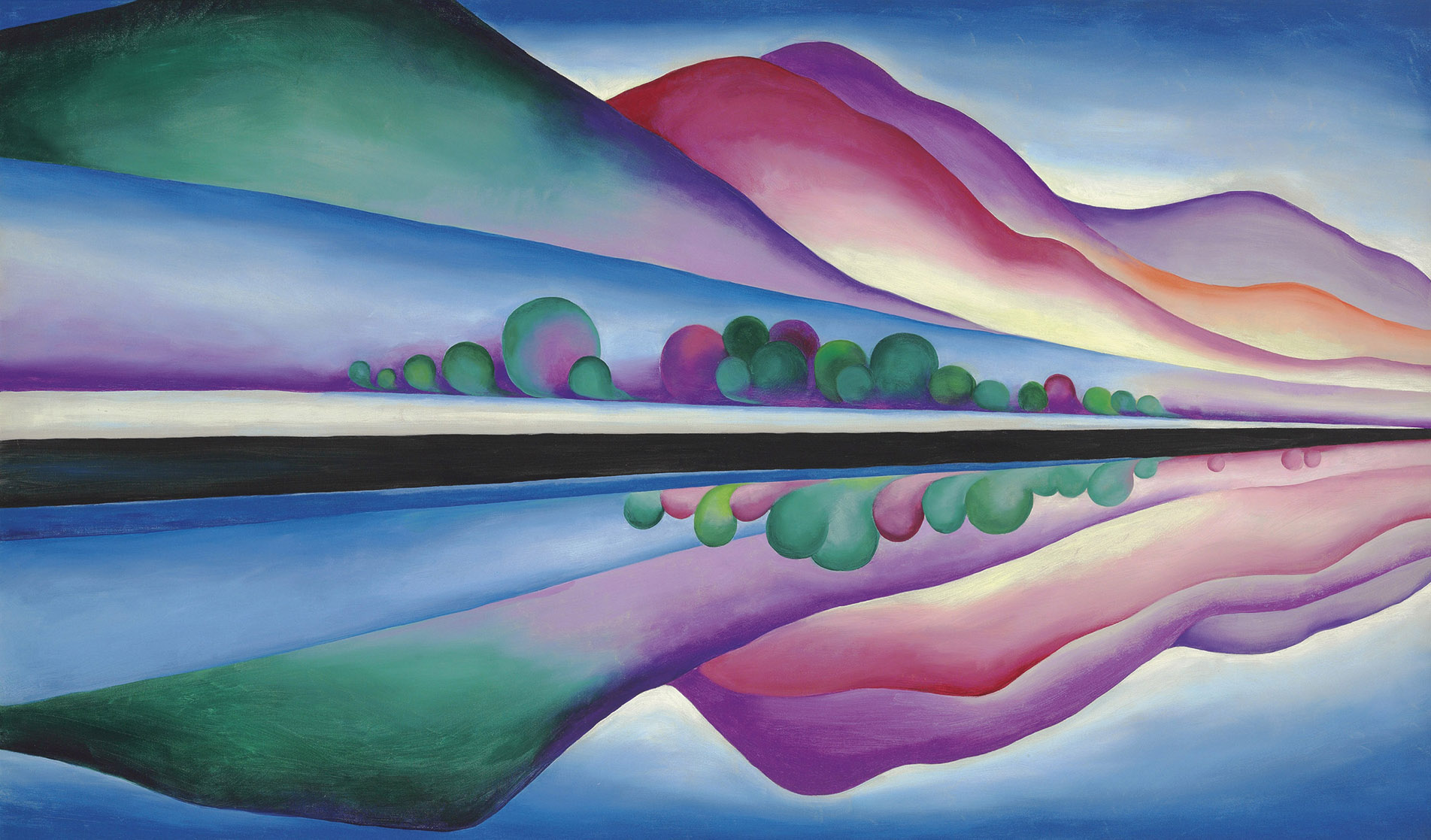Place Identity
Lina Alabbad
Just like humans; places and cities have exclusive characteristics and traits that determine their individual personalities. These attributes are commonly defined by the physical and abstract aspects of the geographical site shaping its identity. Our impressions about a place is usually constructed through what we see; the visual appearance and attitude, they both work together to build our judgment and understanding. Architecture of the buildings, signs, colors, textures, and patterns command our impressions, yet as we move around the space and interact with people, the ambience, light and shadow, and pace, we start to obtain a better understanding of the attitude of that place. As we travel to and through places we collect artifacts, memories, and stories that form impressions which link us to locations, and unknowingly they collectively reshape and reinterpret our understanding of a city’s identity challenging its preset personality, and creating our own sense of it. On the other hand, non-places lack the qualities that embody a unique personality. Placelessness is determined by a lack of the attributes that construct a visual identity causing the place to turn mute. Moreover, nowadays the representation of places on the internet and social media platforms contribute to the sense of placelessness due to representation and commodification.
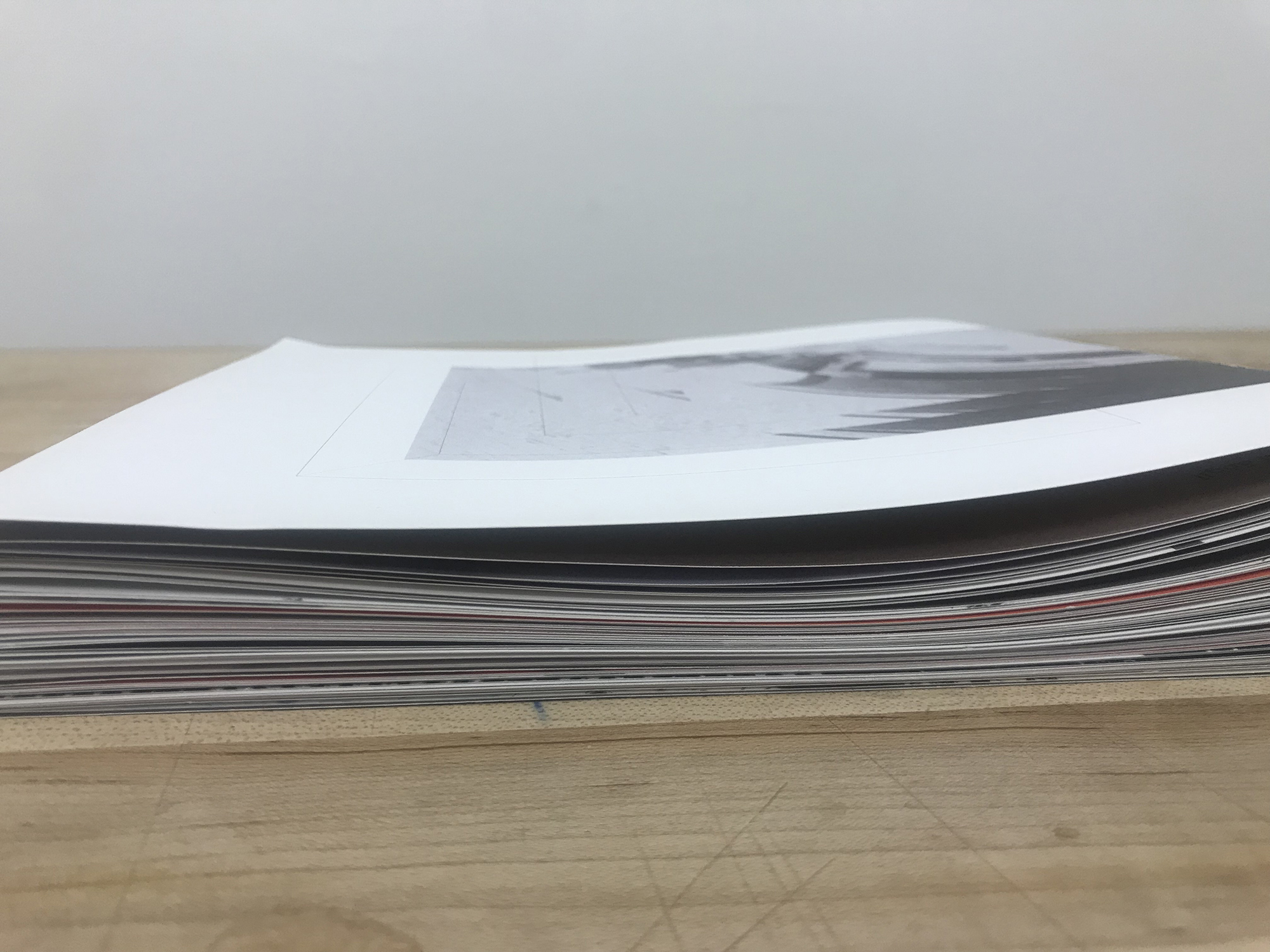
Capstone Project, Accordion Book
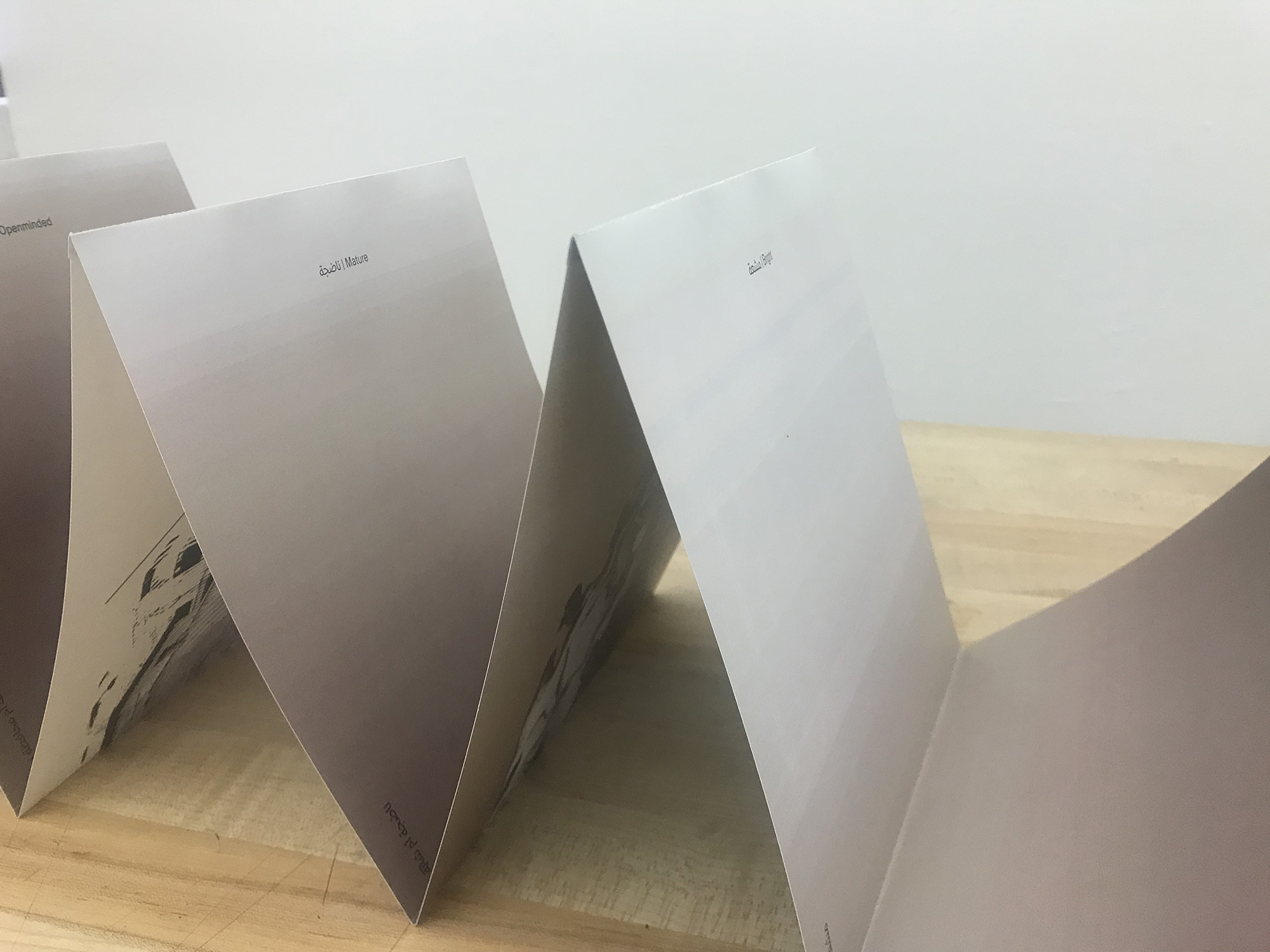
Front pages of the accordion fold. Responses to Khobar personality questions in a gradient color treatment.
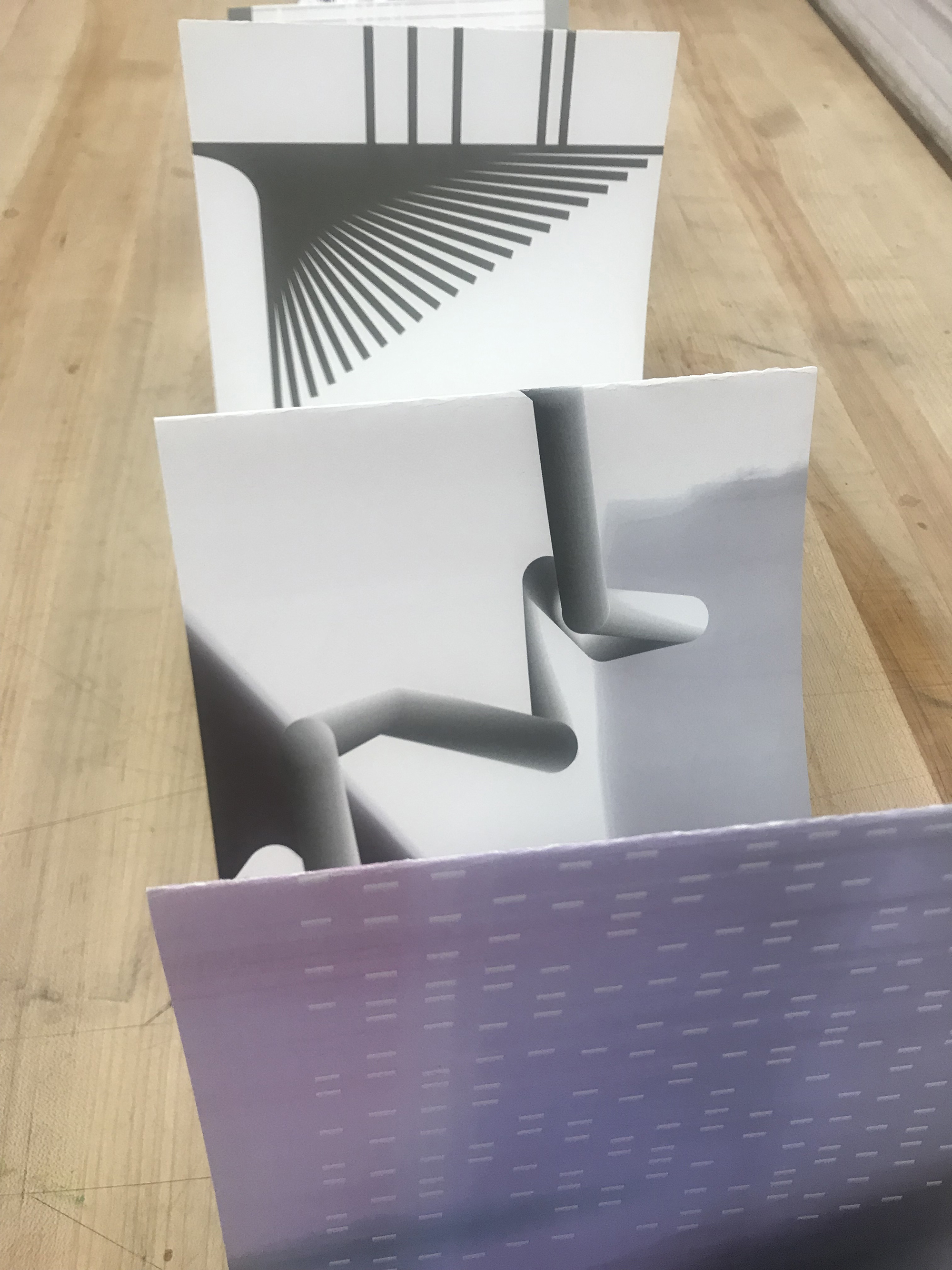
Back pages of the accordion fold. Responses to Khobar personality questions using the designers visual language.
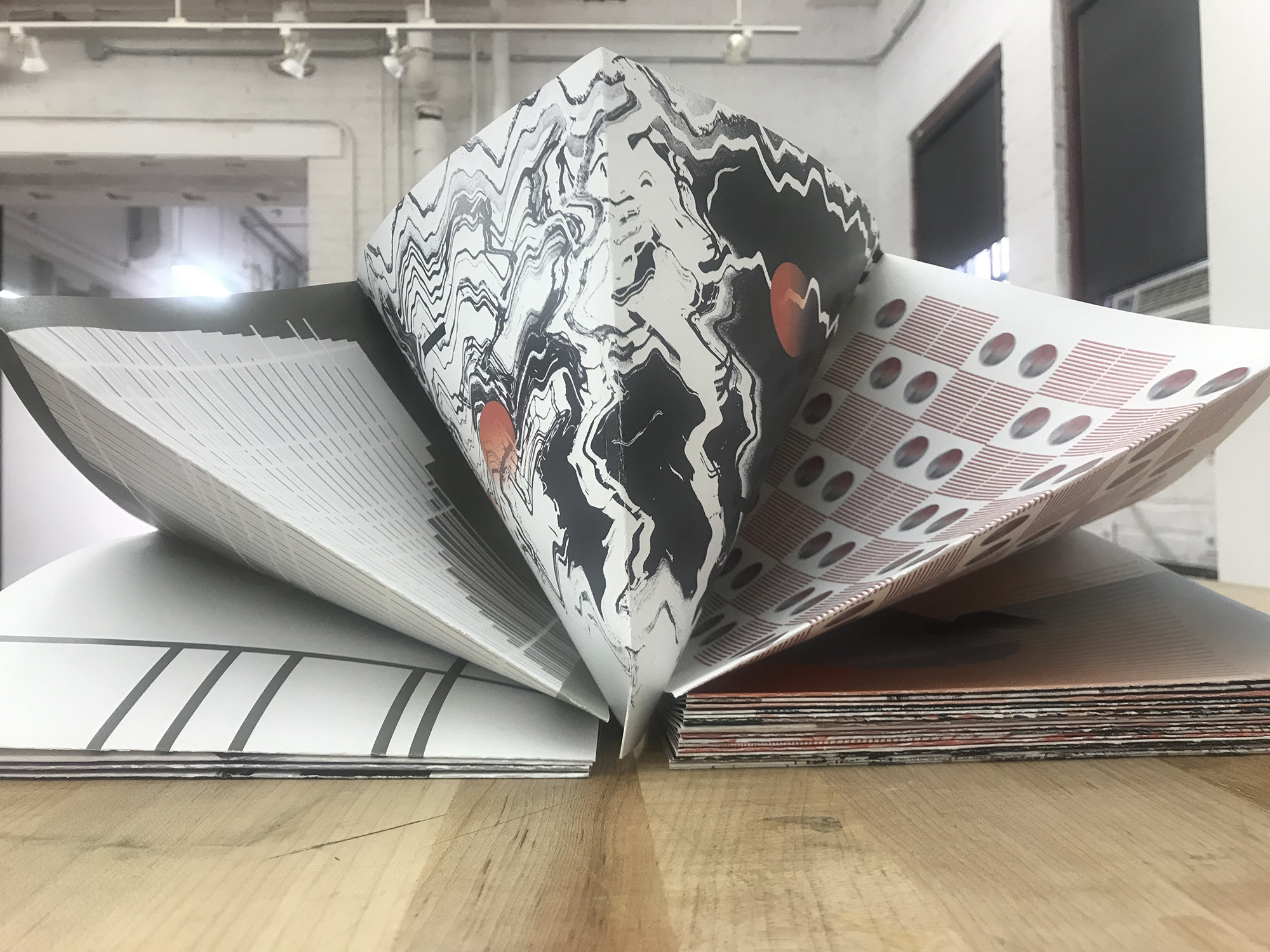
The different forms and folds that can be created with the book. A resemblance of the flexible nature of place identity and sense of place.

Sense of Placelessness, Internet image search of Khobar city
The redundancy of the famous monuments and tourist locations on the internet contribute to sense of placelessness.
The redundancy of the famous monuments and tourist locations on social media platforms also contribute to sense of placelessness.

Sense of Place, Francis Alys – Color-Matching
Alys was interested in exploring the dynamics and visual variables of the environments. He translated his sense of the place through creating a color palette by extracting the color-scheme of the setting.